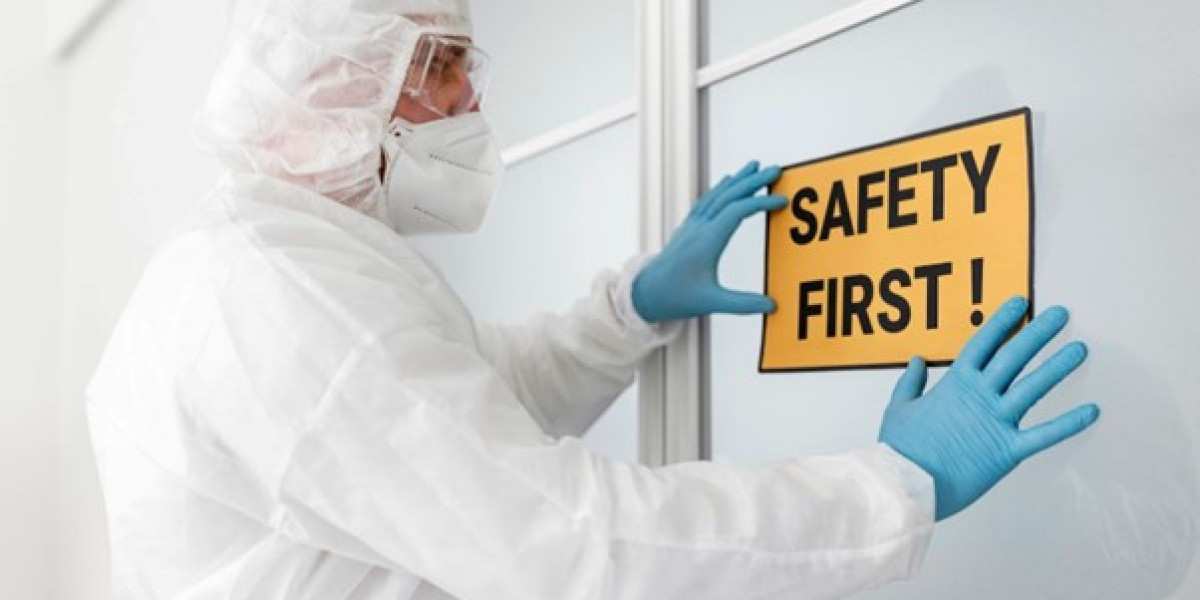CE marking certification is a crucial step for companies aiming to market their products within the European Economic Area (EEA). It’s not just a label—it signifies that a product meets EU safety, health, and environmental protection standards. Whether you're manufacturing electronics, machinery, medical devices, or toys, CE marking is often legally required before your products can hit the shelves in Europe. Let’s break down what it involves and why it matters.
What is CE Marking?
CE marking stands for "Conformité Européenne," meaning "European Conformity." It’s a manufacturer's declaration that a product complies with all applicable EU directives and regulations. Think of it as a passport for products, allowing them to move freely within the EEA. Without it, products may be barred from the market or seized by authorities.
Who Needs CE Marking Certification?
If you’re a manufacturer, authorized representative, importer, or distributor of products covered by EU directives, CE marking likely applies to you. It’s relevant across various sectors, including construction, electronics, pressure equipment, personal protective equipment, and medical devices. Even if you're outside the EU, if your product is sold within the EEA, CE marking is still your responsibility.
Steps to Achieve CE Marking
The CE certification process involves several key steps. First, identify the applicable directives and standards for your product. Then, carry out a conformity assessment, which may require third-party testing depending on the risk level and category. Next, compile a technical file containing essential documents like design data, test reports, and risk assessments. Finally, draw up the EU Declaration of Conformity and affix the CE marking on your product.
Benefits of CE Certification
Beyond regulatory compliance, CE marking boosts your product’s credibility and trust in international markets. It shows commitment to quality, safety, and consumer protection. It can also streamline market access and reduce barriers when exporting to European countries. In competitive industries, CE marking can be a powerful selling point that enhances brand reputation and consumer confidence.
Maintaining CE Compliance
CE marking isn’t a one-time task. Compliance must be maintained throughout the product's lifecycle. That includes staying updated on regulation changes, managing product modifications carefully, and keeping all technical documentation ready for inspection. Routine checks and periodic testing help ensure your product continues to meet EU standards, preserving both access and integrity in the European market.





